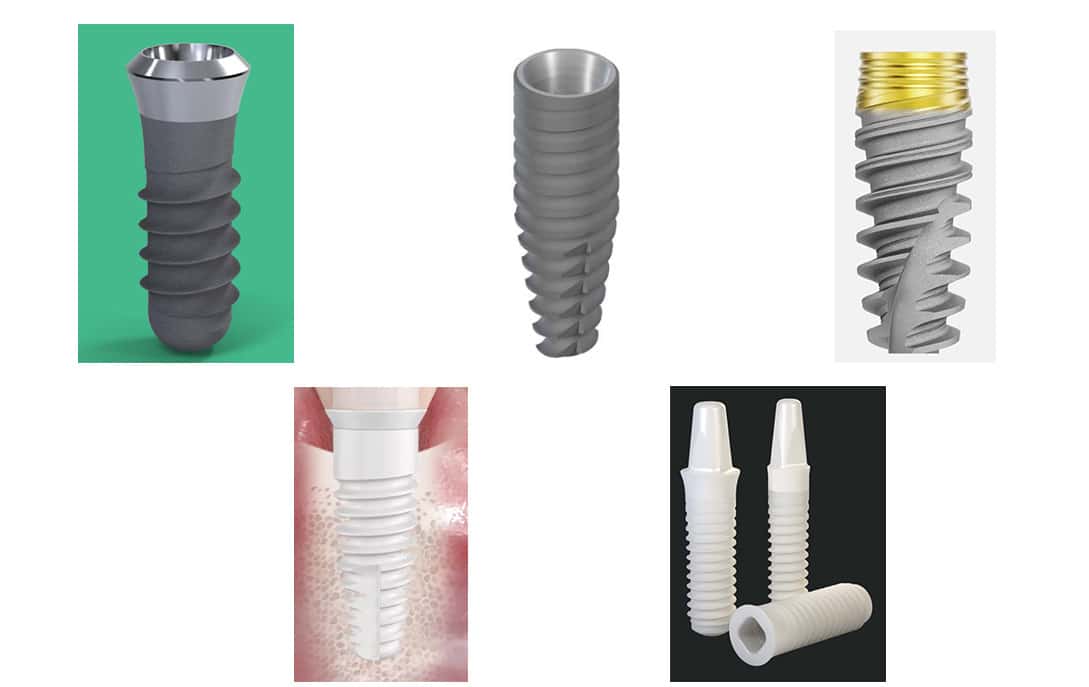Dental Implants 860
Restore Your Smile with Dental Implants
Missing a Tooth? Choose Dental Implants in Hebron, CT
At Dentalimplants860 by Borys Averbukh, DMD & Associates, we specialize in advanced dental implants right here in Hebron, CT. Whether you’re missing one tooth or several, implants offer a long-lasting, natural-looking solution to restore your smile—and your confidence.
What are Dental Implants?
Dental implants are tooth replacements that are placed in the jawbone to substitute natural teeth. They’re made of titanium and its alloys, more rarely pure ceramic (zirconia). They’re usually cylindrical in shape and come in different diameters (widths) and lengths to accommodate different anatomical conditions.
How Dental Implants Are Used
Dental implants offer versatile solutions for tooth replacement:
Single or Multiple Tooth Replacement
Implants can replace one or several missing teeth with natural-looking results.
Implant-Supported Dentures (Overdentures)
For those missing all teeth, implants can stabilize removable dentures and prevent shifting.
Fixed Full-Arch Solutions (All-on-4 / All-on-X)
A permanent, non-removable bridge supported by at least four implants, ideal for patients missing all their teeth or preparing for full extraction.
Watch our video to learn more about Overdentures
Types of Dental Implants: Bone-Level vs. Tissue-Level
The two primary types of dental implants are Bone-Level and Tissue-Level implants, which differ in their design and placement.
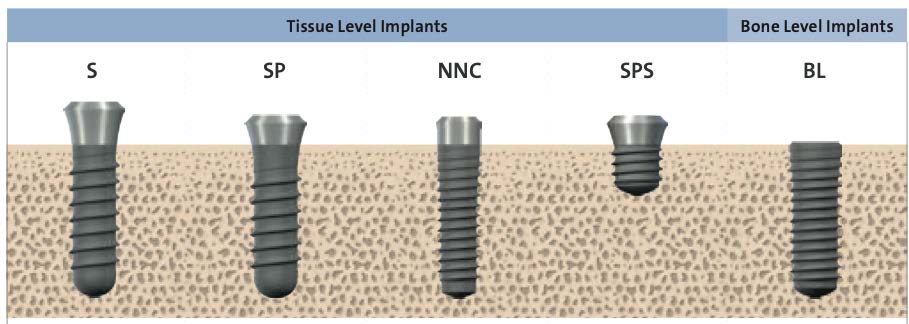
Tissue-Level implants feature a polished collar that sits above the bone, which may help reduce the risk of peri-implantitis—a condition involving inflammation around the implant that can lead to bone loss. However, due to their visible metal collar, they are typically used in the back of the mouth, where aesthetics are less of a concern.
Bone-Level implants, on the other hand, are placed flush with the bone and remain hidden beneath the gum line. This makes them a more versatile and aesthetically pleasing option, suitable for use in any area of the mouth. As a result, most implant brands now primarily manufacture bone-level designs.
Dental Implants 860 by Borys Averbukh, DMD & Associates
Implant Surface Technology
In the past, dental implants had untreated or “machined” surfaces, which significantly prolonged the healing process—often taking six months or more for full osseointegration.
Advancements in implant surface technology have changed that. Today, implants are treated to create microscopic surface roughness, which helps attract bone cells and accelerate healing.
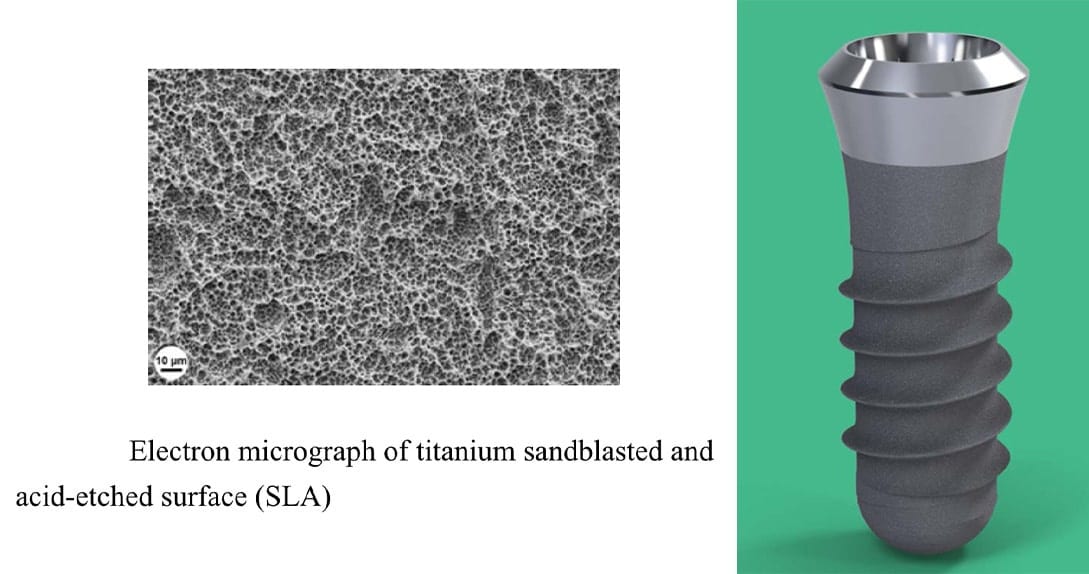
Sandblasting and Acid Etching
Used by Straumann® implants
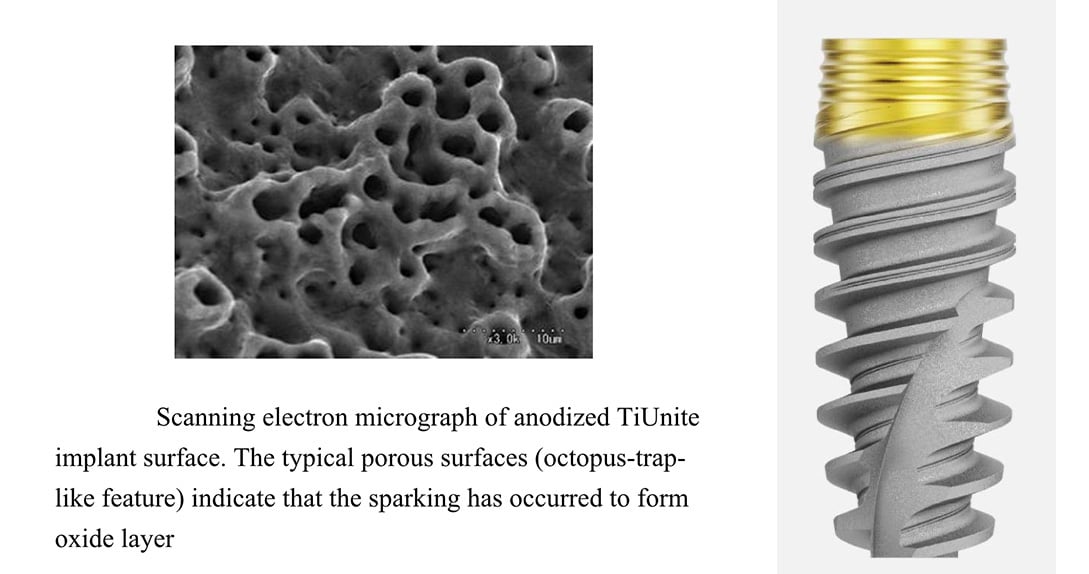
Anodization
Used by Nobel Biocare® implants
Choosing the Right Dental Implant Brand
With over 150 implant brands worldwide, the market can be difficult to navigate—especially when lesser-known brands disappear or make part replacements difficult.
For reliability and long-term support, we use trusted, researched, and globally recognized brands such as:
-
Straumann
-
Nobel Biocare
They are considered the gold standard due to their proven track record and consistent quality.
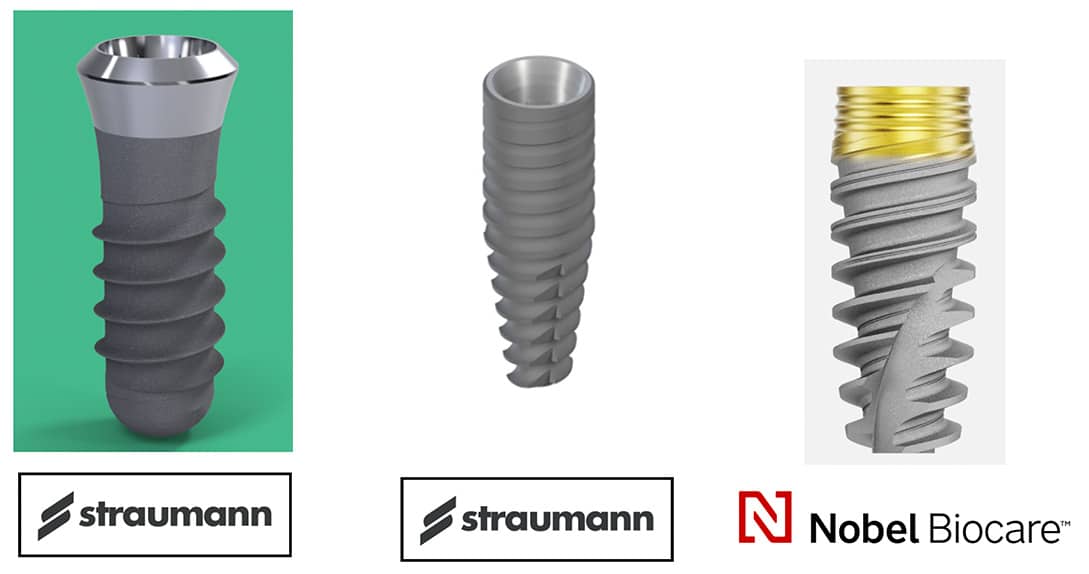
Screw-Retained Crowns
Cemented
Crowns
Types of implant crowns
After an implant is placed, it typically takes 3–4 months to fully heal before the crown can be attached—a process called “loading.”
There are two main types of implant crowns:
- Screw-Retained Crowns – Attached with a screw, making them easier to remove for maintenance or repair. They also offer benefits for gum and bone health.
- Cemented Crowns – Secured with dental cement, similar to traditional crowns. These are used when screw placement isn’t ideal due to positioning.
While screw-retained crowns are preferred in most cases, your dentist will recommend the best option based on your specific needs.
Implant Abutments:
Custom vs. Stock
An implant abutment is the connector piece—typically made of metal or ceramic—that sits on the implant and holds the crown in place.
Abutments come in two main types:
-
Custom Abutments – Made to fit your unique gum contours for optimal fit, aesthetics, and hygiene. These are ideal but come at a higher cost.
-
Stock Abutments – Pre-manufactured in standard sizes. More affordable, but may not offer the same precision or natural look.
Whenever possible, custom abutments are recommended for better long-term outcomes.

Custom Abutments

Stock Abutments
Freehand vs. Guided Implant Surgery
When placing a dental implant, it’s important for the dentist to have a clear goal in mind regarding the final result. This “end result” planning is called a prosthetically driven approach to treatment. The goal is to ensure the implant is placed in the ideal position to support a crown that both fits properly and looks natural.
It’s essential to begin treatment with a clear vision of the desired outcome—where the crown will go and how it will appear. Digital tools play a key role in this process, particularly guided surgery and surgical planning software, which allow the dentist to virtually plan the surgery and execute it as closely as possible to the digital design.
OEM vs. Third-Party Components
With so many implant brands on the market, some labs produce third-party parts compatible with major systems. While convenient, these parts may not be fully interchangeable and can create issues if the original lab is unknown.
In certain cases, third-party components offer solutions OEM (Original Equipment Manufacturer) parts don’t. Your dentist will decide what’s best for long-term success and compatibility.
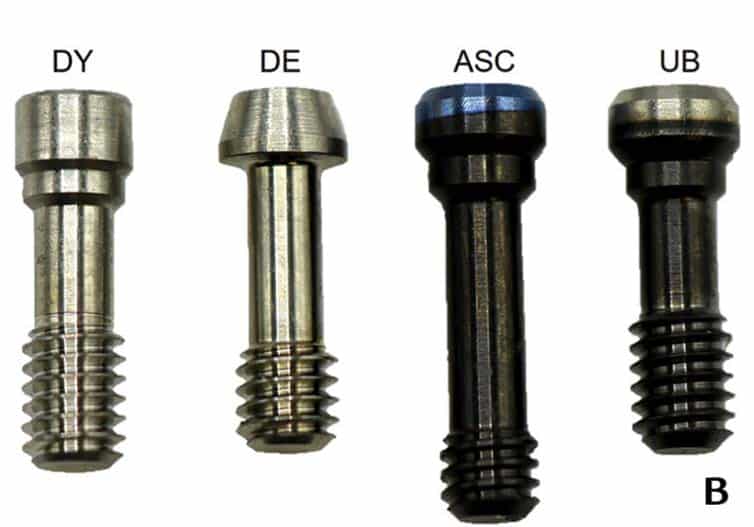
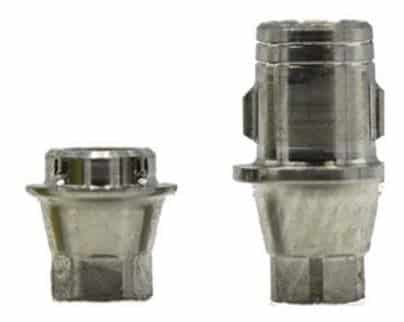
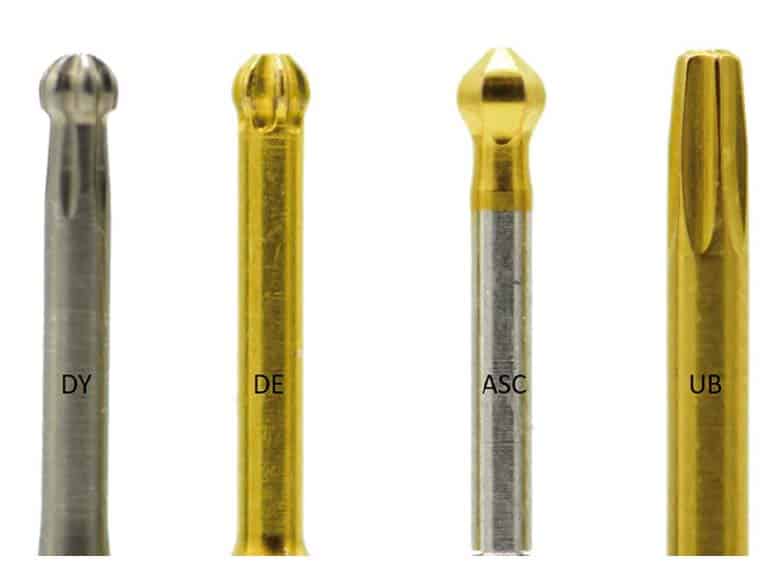
Tooth Extractions & Implant Preparation
Dental implants are often used to replace hopeless or unrestorable teeth. When an extraction is necessary, it’s crucial to remove the tooth as atraumatically as possible to preserve surrounding bone.
This may involve:
-
Sectioning multi-rooted teeth (like molars)
-
Removing roots separately
-
Using specialized tools like corkscrew-style extractors
After extraction, a bone graft may be placed to preserve or enhance bone volume for future implant placement. The graft is typically covered with a resorbable (collagen) or non-resorbable (PTFE) membrane to protect the area during healing.
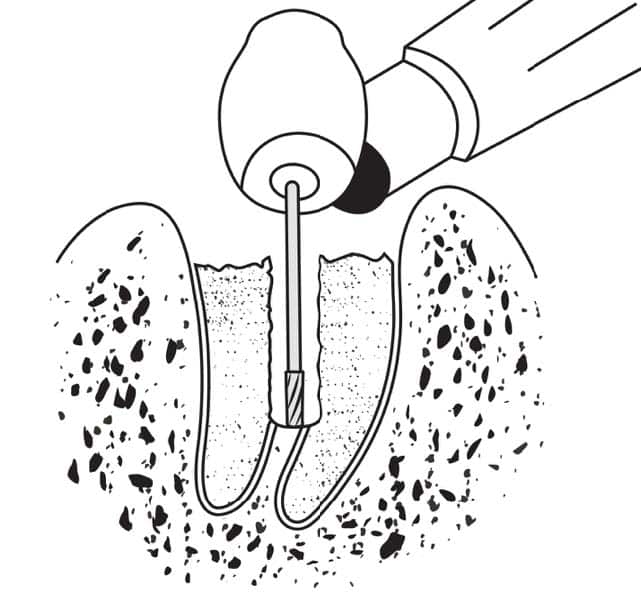
Tooth Sectioning
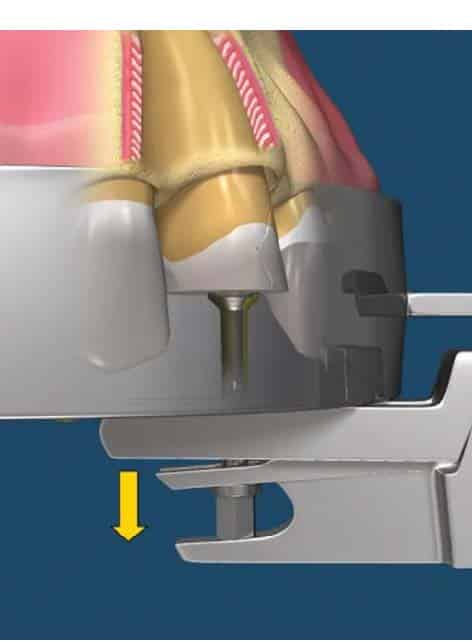
Corkscrew Extraction
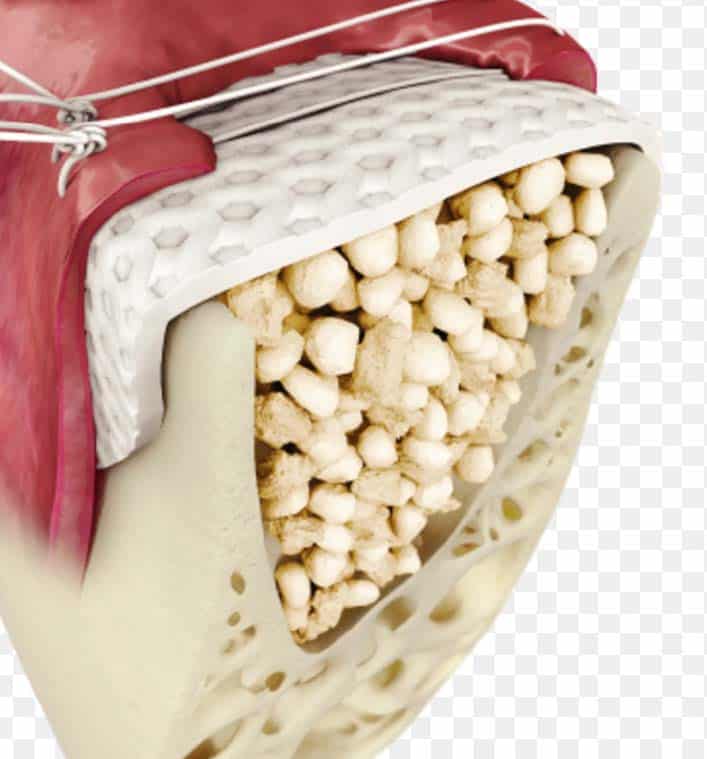
Bone Graft covered by a PTFE membrane
Watch our video to learn more about Bone Grafts
Watch our video to learn more about Tooth Extraction
Frequently Asked Dental Implant Questions
How long does the procedure take?
Guided implant surgery typically takes 10–15 minutes once you’re numb.
Do you only perform guided implant surgery?
While most of our procedures are guided for precision, we occasionally use freehand placement in specific cases.
What should I expect on the day of surgery?
You’ll be numbed, the implant placed, an X-ray taken, and you’ll go home with post-op instructions. Most patients receive a prescription for an antibiotic and a chlorhexidine rinse. Pain is usually mild—ibuprofen or Tylenol is often all that’s needed.
When will I get my crown?
Typically, 3 months after implant placement, once the implant fully integrates. In some cases, a temporary crown can be placed the same day, but it’s less common due to healing considerations.
What if I don’t have enough bone?
You may need Guided Bone Regeneration (GBR) to rebuild bone volume before implant placement. Alternatively, a dental bridge may be considered.
Any precautions after surgery?
Yes. Avoid exercise and stick to soft foods for 24 hours. After that, most patients return to normal routines.
Can I get an implant right after a tooth extraction?
Yes, in many cases. Immediate placement saves time and may reduce the number of procedures, but it depends on your bone anatomy, assessed via CBCT imaging.
Will I need bone grafting?
Possibly. Bone grafts are common when placing implants immediately after extraction to fill gaps. If the tooth was removed long ago and there’s enough bone (confirmed by CBCT), grafting may not be needed.
What are the requirements for implants?
You need enough bone to fully surround the implant—at least 6mm in width for the smallest implant size.

